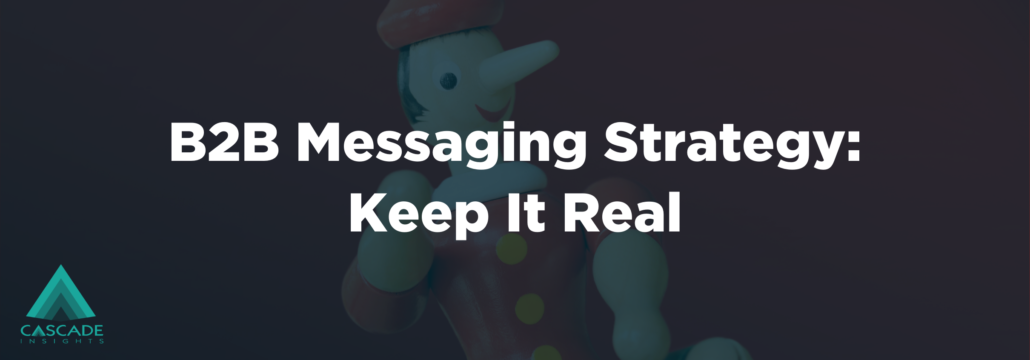
5 Signs Your B2B SaaS Company Needs a Messaging Agency
Here are five signs that indicate you might need to seek out a B2B messaging agency for your company's SaaS success.
Explore our customer case studies to see how we drive innovation and success in the B2B tech market."


